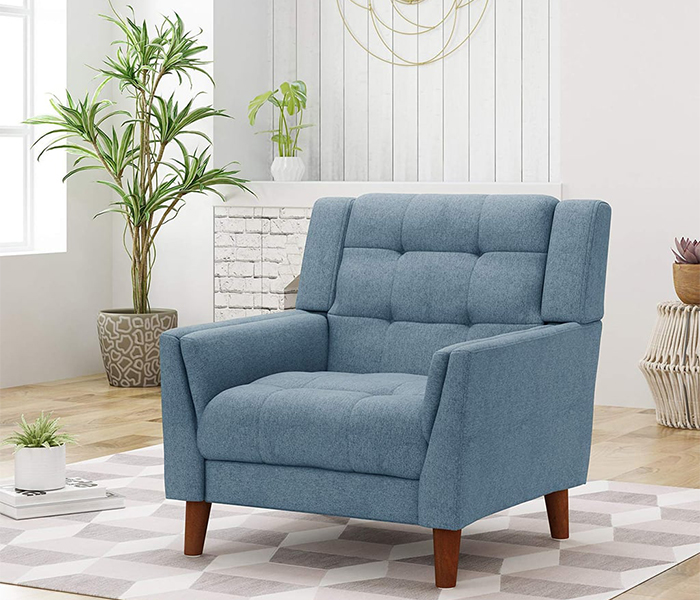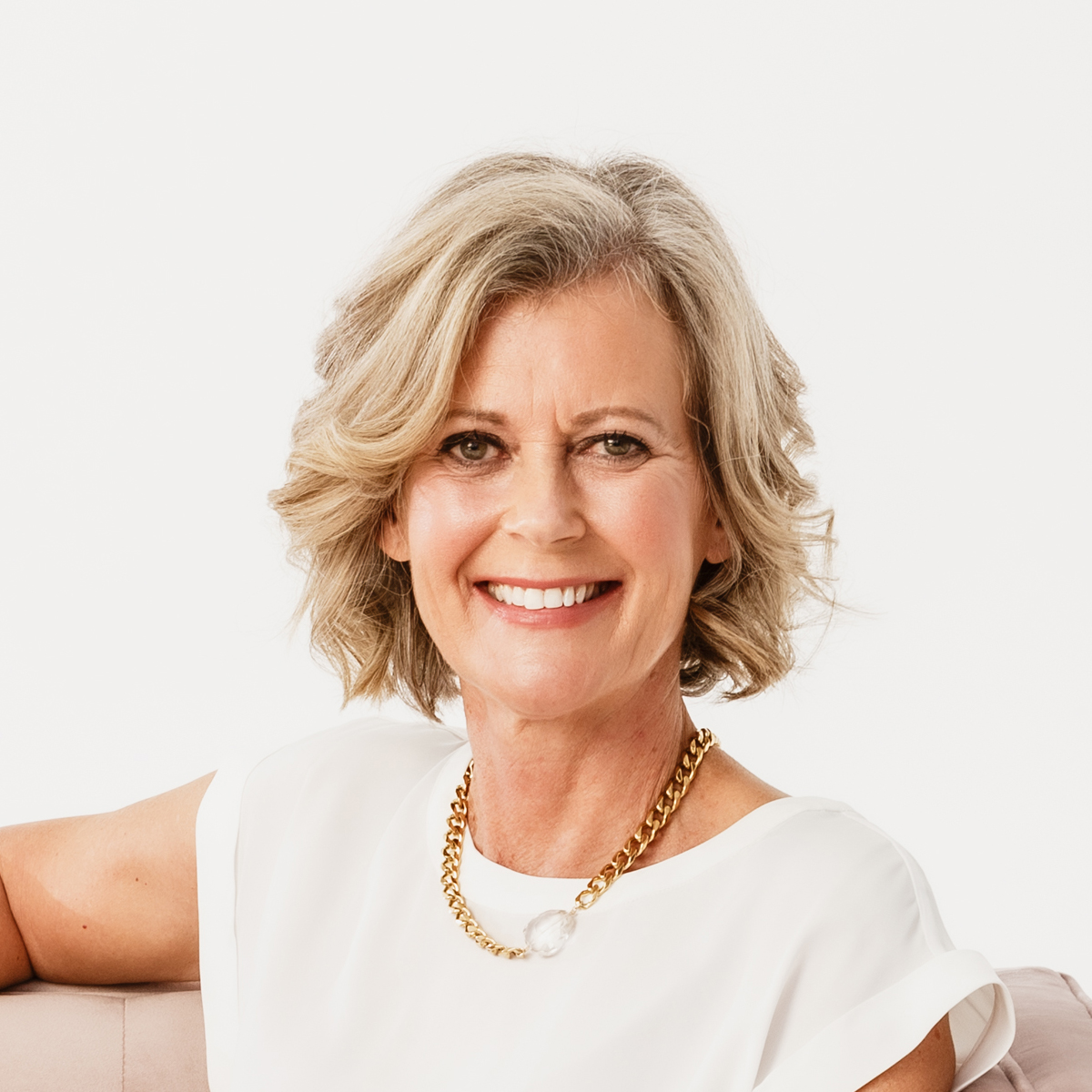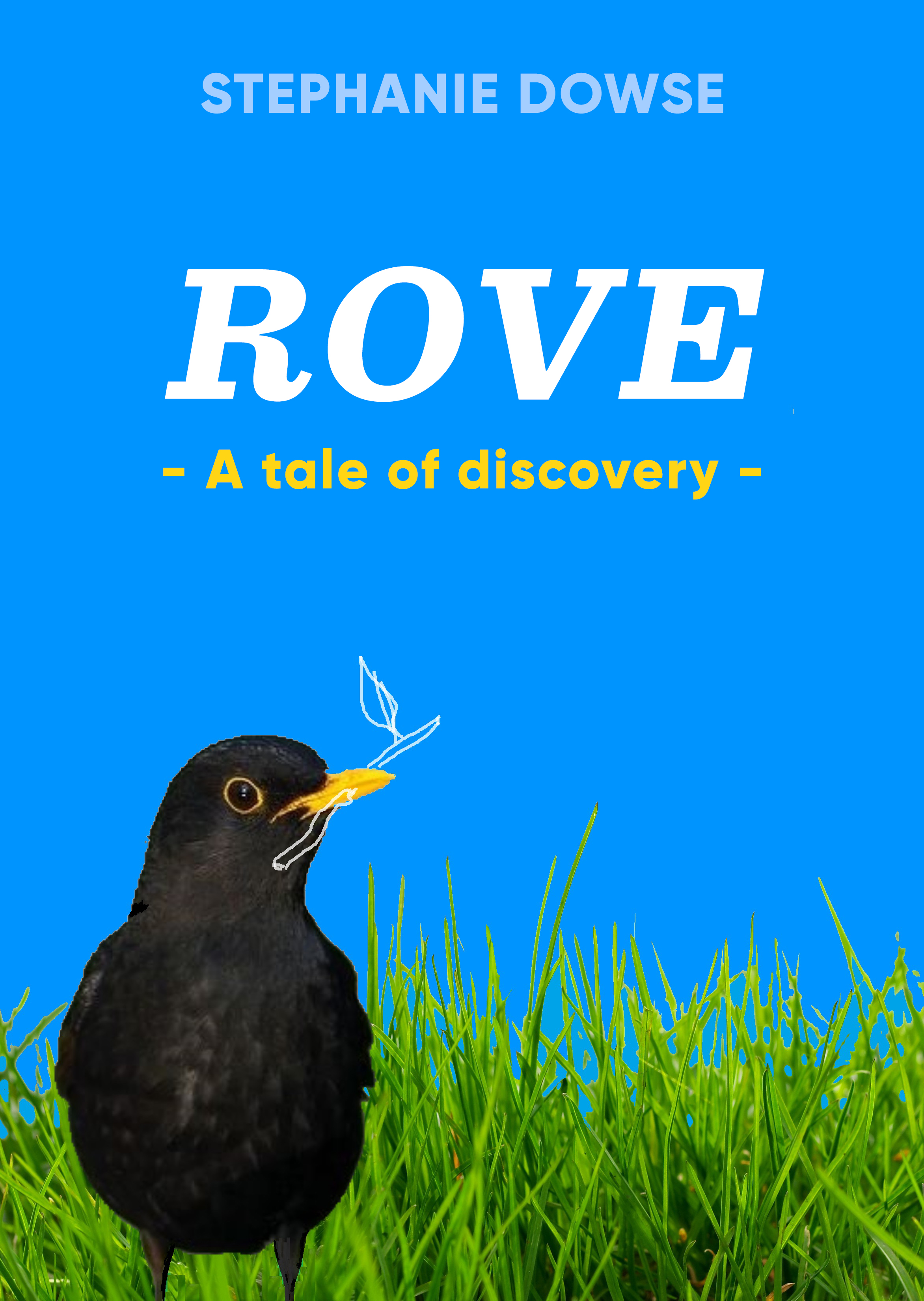Counselling
Some people find the idea of counselling scary or confronting. It needn’t be. It’s simply a way to unblock the barriers to a more fulfilling life.
Counselling focuses on the individual’s internal world and relationships. I look at a client’s belief systems and find ways of drawing on untapped resources. My aim is to help maximise my clients’ potential by strengthening their relationship with themselves. That in turn strengthens relationships with others.
During the first session, I work out a contract, or set of goals. In subsequent sessions, I help clients begin to understand themselves more and manage their problems better. Throughout this process, I check to make sure clients are getting results that will lead to the agreed outcomes.
The number of counselling sessions an individual or couple will need depends on the complexity of the problem or problems. Clients can benefit from as little as a single session, although this is not common.
I use principally two theoretical frameworks: narrative therapy and emotionally focused therapy (commonly referred to as EFT).
Narrative therapy works on the premise that for every dominant “story” a person has about him or herself, there is a different, overlooked “sub-story”, which is often a more encouraging view of “self”. Narrative therapy also views the client as the best expert on him or herself. Clients are eventually shown how to externalise, or separate from, their problems so they can overcome them in a more emotionally detached way.
EFT is based on attachment theory. It works to provide a stronger, more secure bond between couples. By tracking and exposing the unhealthy cycles in which many couples get stuck, EFT identifies one person as the “pursuer” and the other as the “withdrawer”. Both roles are coping mechanisms arising from a sense of fear, anxiety, rejection, inadequacy or powerlessness, to name just a few. EFT moves couples from entrenched positions to more emotionally open, collaborative ground. Couples describe feeling more alive, more intimate and more connected with one another.
These therapies can be used separately or together.





